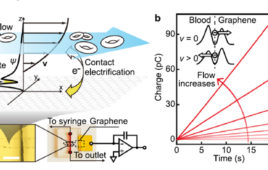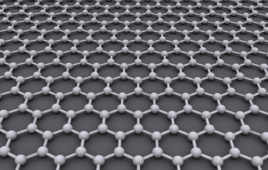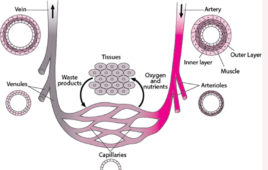Noise is a dangerous worldwide environmental pollutant: at normal levels found in cities it can induce annoyance, stress and fluctuations in sleep patterns which in turn increase the risk of type-2 diabetes, arterial hypertension, myocardial infarction, and stroke.
A new high-tech low-cost soundproofing foam invented at the University of Adelaide could help keep our cities quiet.
Currently, porous or fibrous materials are used for noise absorption. Many of these materials are ineffective or limited by delicacy, excessive weight and thickness, poor moisture insulation, or high temperature instability.
Julker Nine and colleagues at the University of Adelaide saw a way to build a better sound-absorbing material using graphene, a material made of sheets of carbon a single atom thick.
By engineering the internal structure of conventional acoustic absorptive foam using interconnected graphene sheets, the team managed to enhance noise absorption as well as mechanical robustness, moisture insulation and fire retarding qualities.
This new graphene-enhanced foam absorbs about 60 percent more noise at frequencies between 128 Hz and 4000 Hz compared to commercially available melamine foam.
The new material is inexpensive to fabricate, scalable and can be adapted for extensive applications in residential structure, aviation and the automobile industry.




